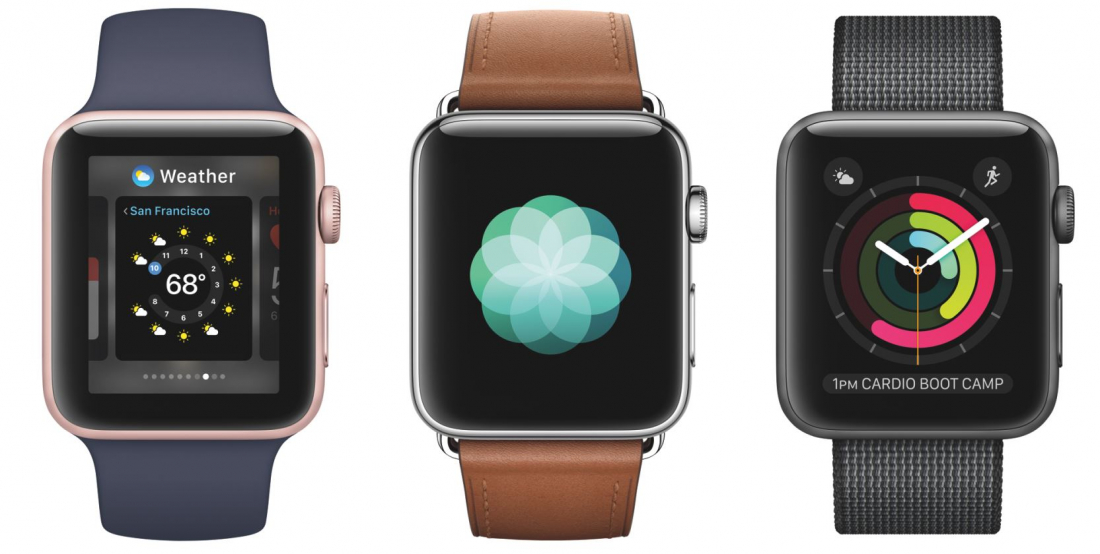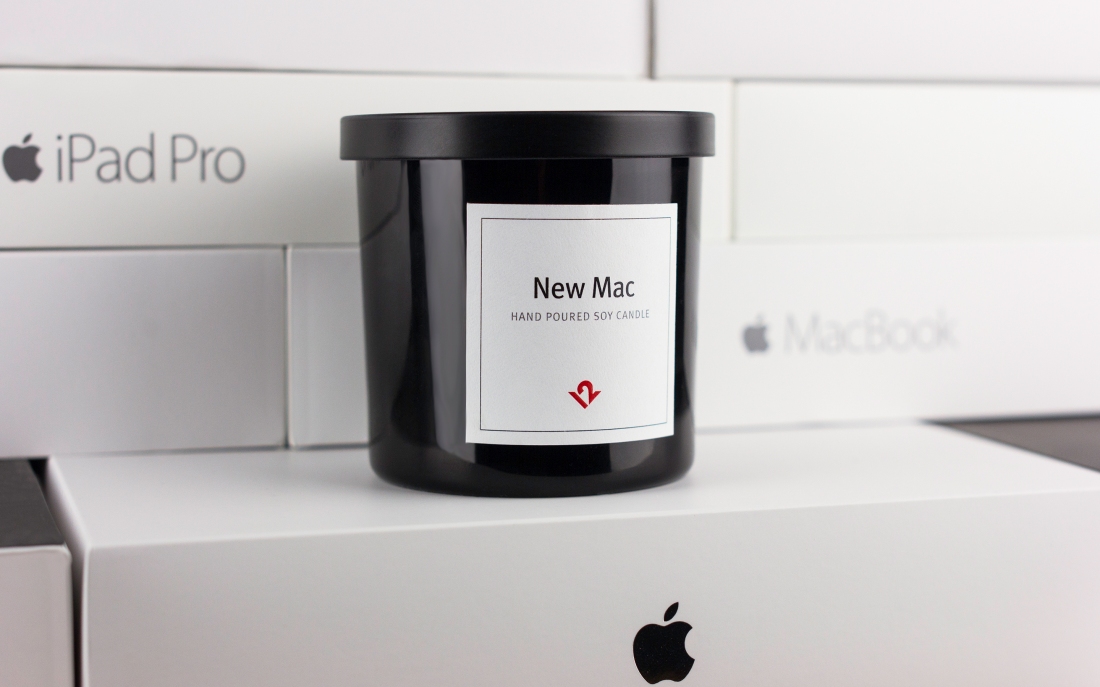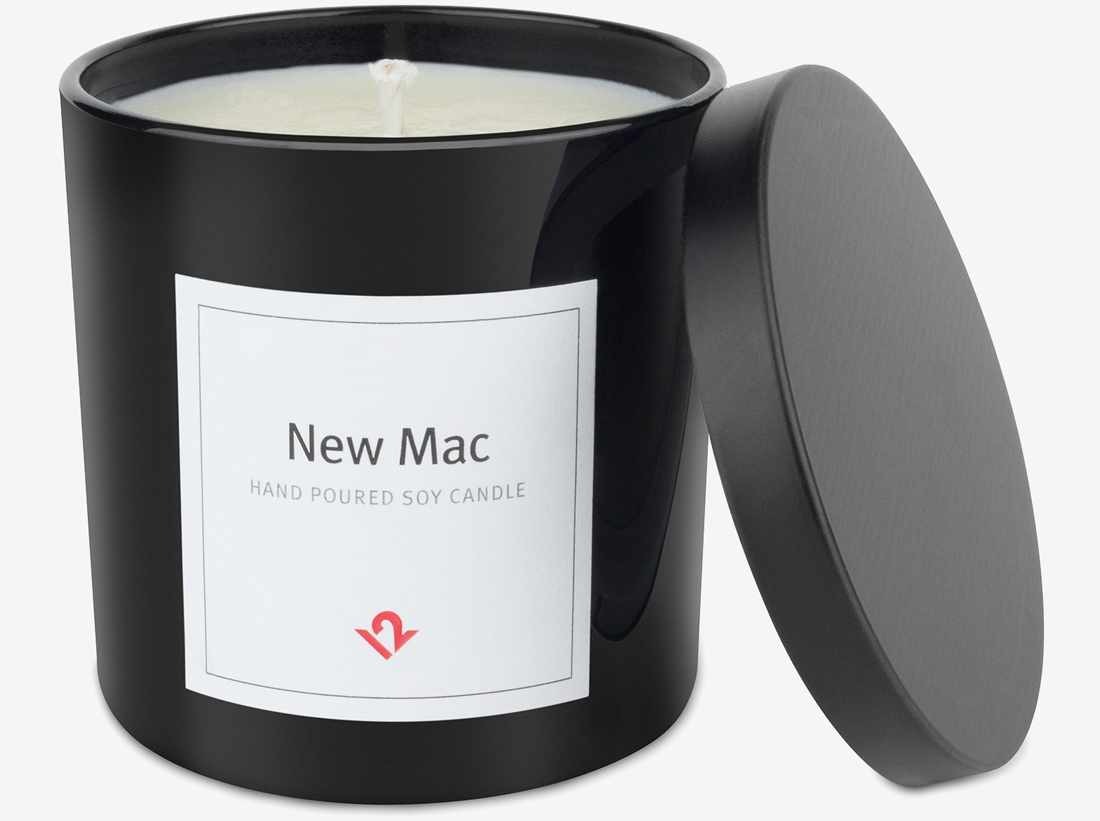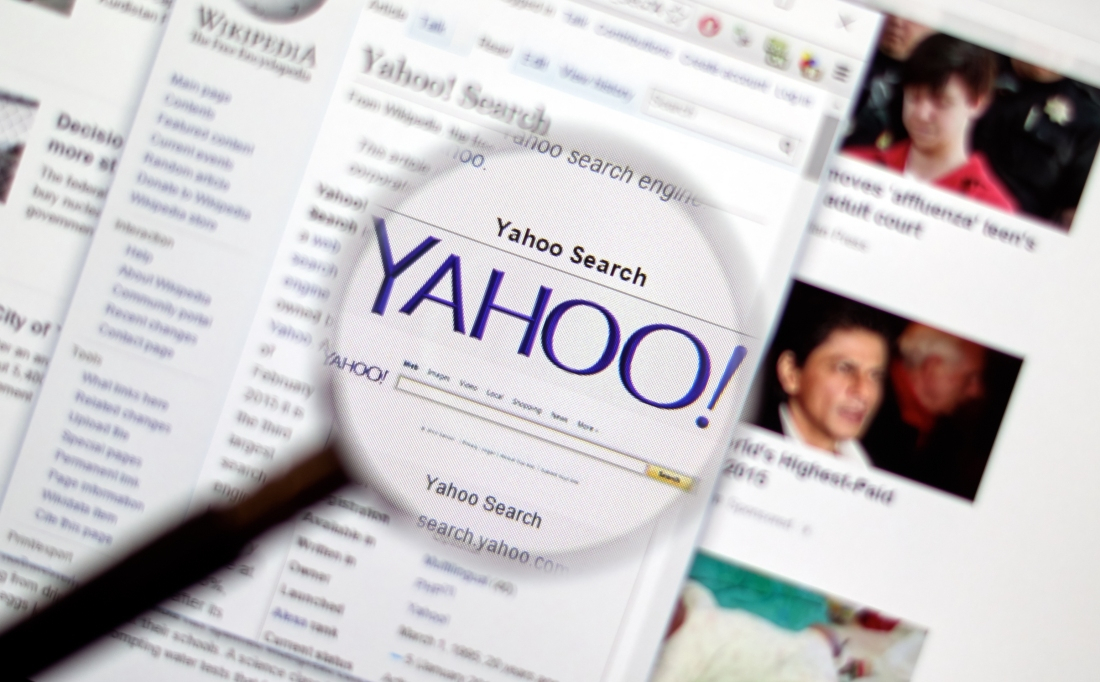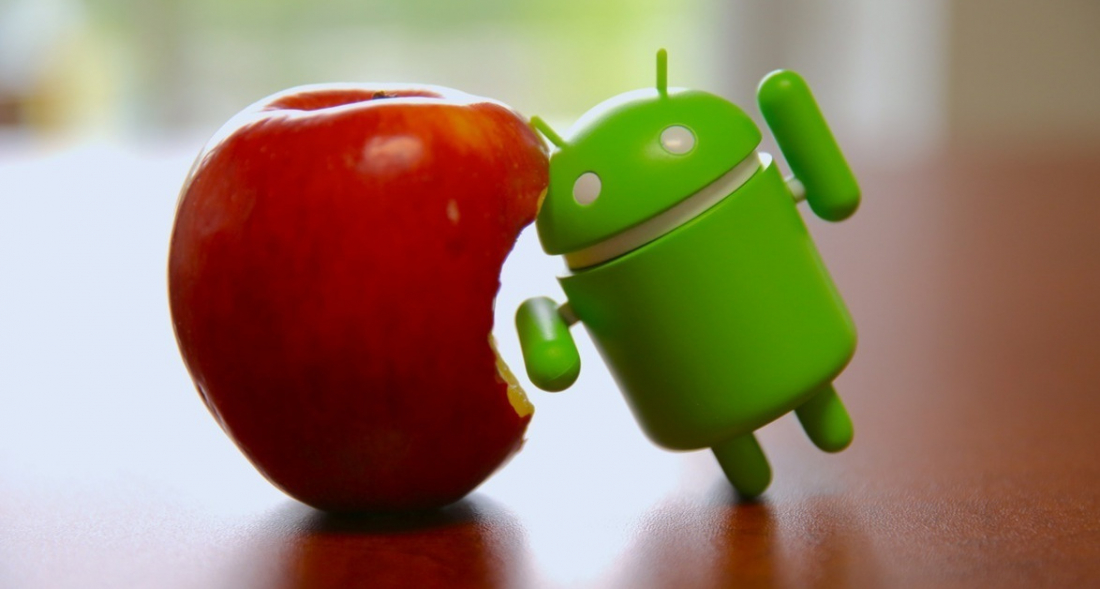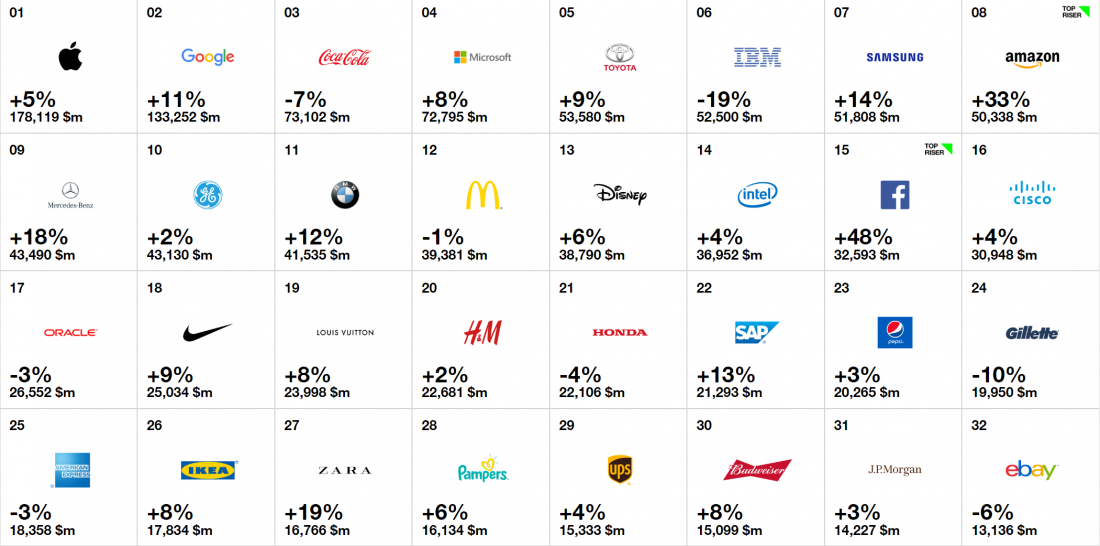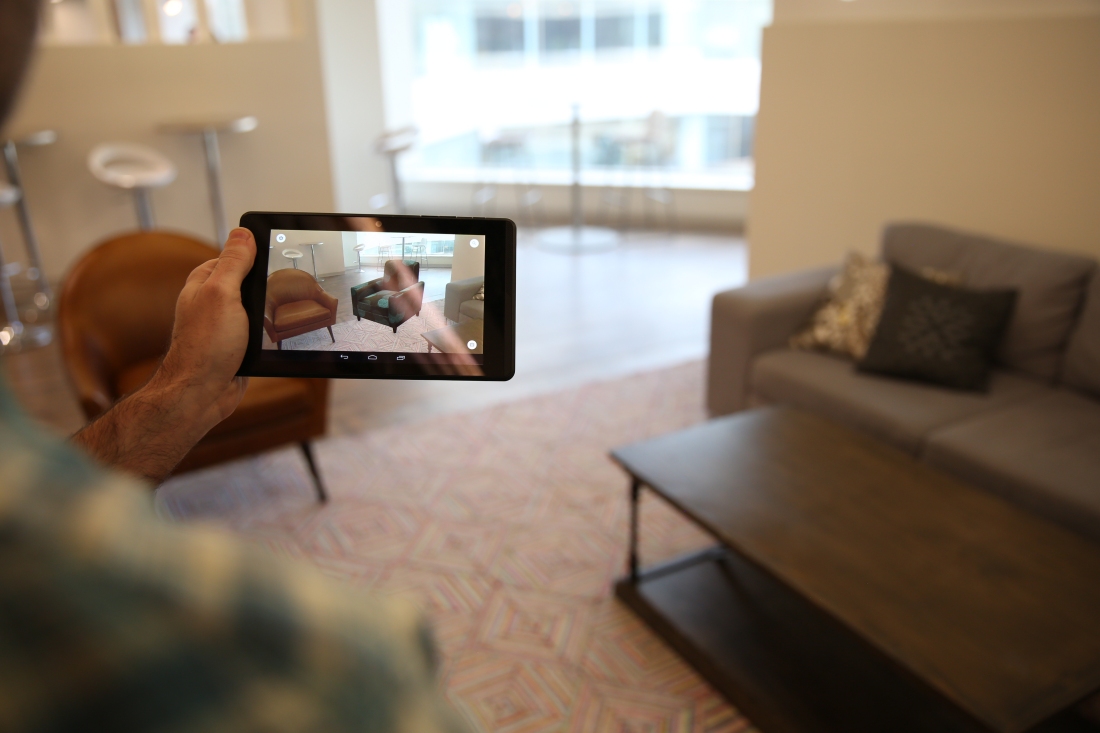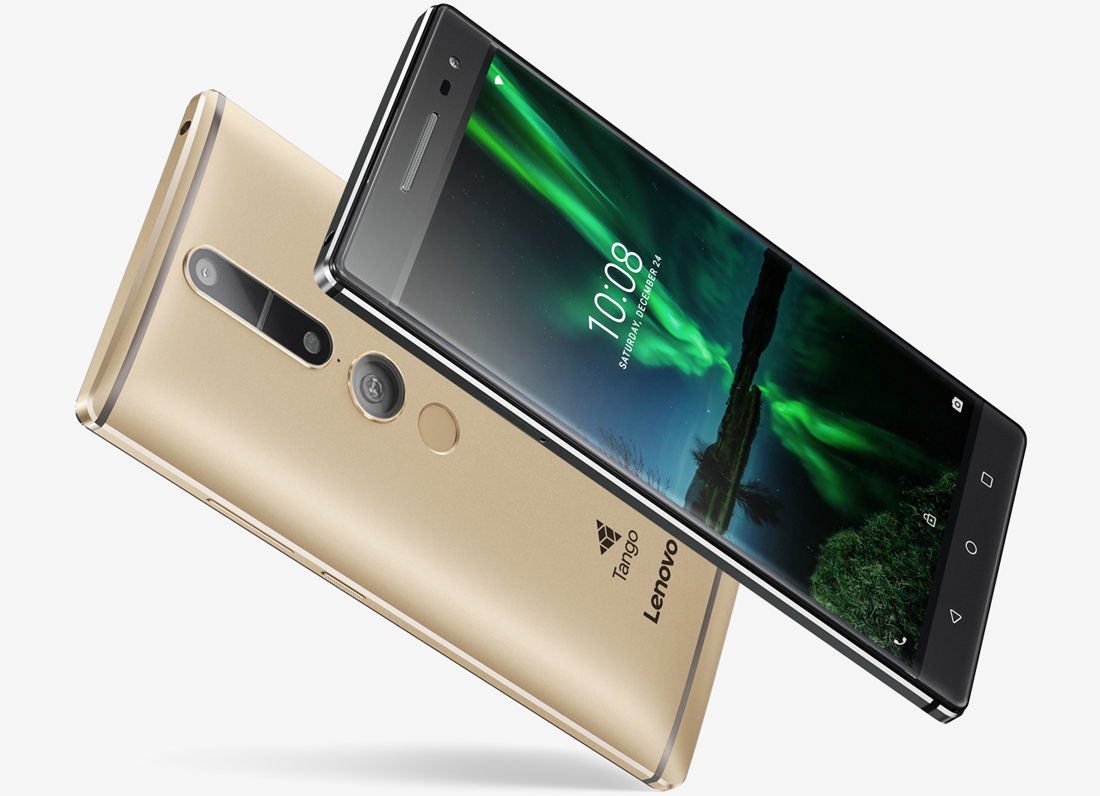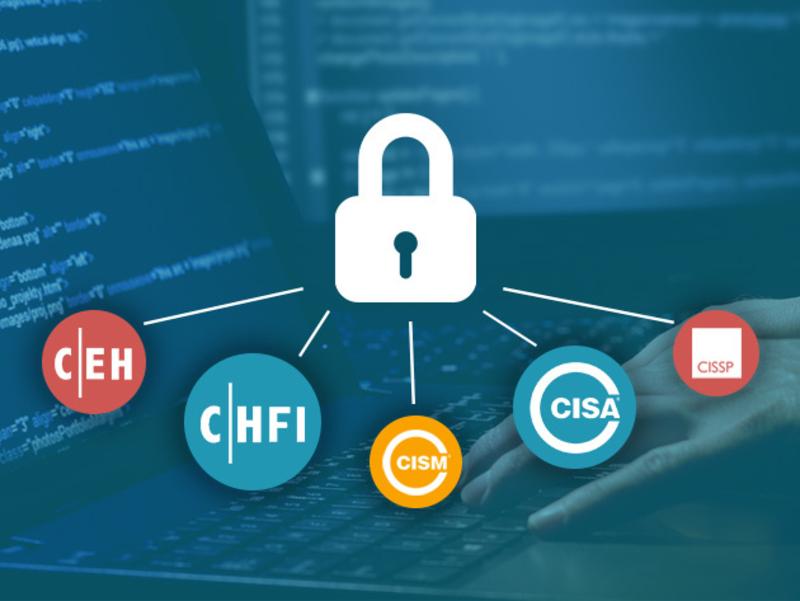by: Jenny List
When we are taught about oscillators as newbie engineers, we are shown a variety of waveforms on an oscilloscope or in a textbook. This is a sine wave, they say, this is a sawtooth, this is a square wave, and so on. We’re taught to look at the lines on the screen as idealised, a square wave is truly square, and the transition from low to high voltage and back again is instantaneous.
In most cases this assumption is harmless. If we look into the subject a little deeper we learn that what seemed an instantaneous cliff-face is in fact a very steep slope, but when a circuit does its business in milliseconds there is usually no harm in ignoring a transition time measured in nanoseconds. The glue logic for your Arduino project can take its time.
Sometimes though, the rise time of a logic transition is important. The application that prompted this article was the measurement of oscilloscope bandwidth by looking at how quickly the ‘scope catches up with a pulse that exceeds its bandwidth, for example. When the instrument can happily measure the transition times of all your usual pulse generators, something out of the ordinary is called for. So it’s worth taking a look at the rise times you’d expect from everyday circuitry, examining a few techniques for generating rise times that are much faster.
THAT WAS CONSIDERED FAST, BACK IN MY DAY

Switching characteristics of a 2N3904, taken from the ON Semiconductor 2N3904 data sheet.
If you look at the data sheet for a typical transistor, you will find a section devoted to switching characteristics. Taking as an example the 2N3094popular general purpose transistor, you’ll find it has a quoted maximum rise time of 35nS. Thus if you applied a perfect square transition to its base, the corresponding change at its collector would finish happening a maximum of 35 nS later. This might sound rather quick, but it corresponds to the rise time of a sine wave just over 7.14 MHz. Of course the 2N3904 is capable of working at much higher frequencies in small-signal mode, but if it has to traverse the entirety of its range you’re stuck at 7.14 MHz. A 4.6 nS rise time from a mercury-wetted relay
A 4.6 nS rise time from a mercury-wetted relay
When it comes to faster transition times, you might expect our path to lead directly to components designed for square wave transitions, such as logic gates. But before we
If you look at the data sheet for a typical transistor, you will find a section devoted to switching characteristics. Taking as an example the 2N3094popular general purpose transistor, you’ll find it has a quoted maximum rise time of 35nS. Thus if you applied a perfect square transition to its base, the corresponding change at its collector would finish happening a maximum of 35 nS later. This might sound rather quick, but it corresponds to the rise time of a sine wave just over 7.14 MHz. Of course the 2N3904 is capable of working at much higher frequencies in small-signal mode, but if it has to traverse the entirety of its range you’re stuck at 7.14 MHz.
 A 4.6 nS rise time from a mercury-wetted relay
A 4.6 nS rise time from a mercury-wetted relayWhen it comes to faster transition times, you might expect our path to lead directly to components designed for square wave transitions, such as logic gates. But before we


